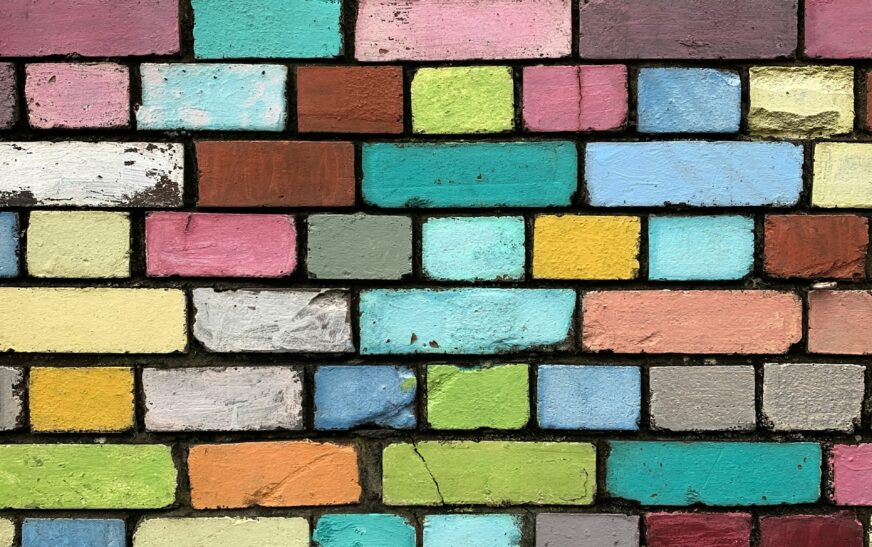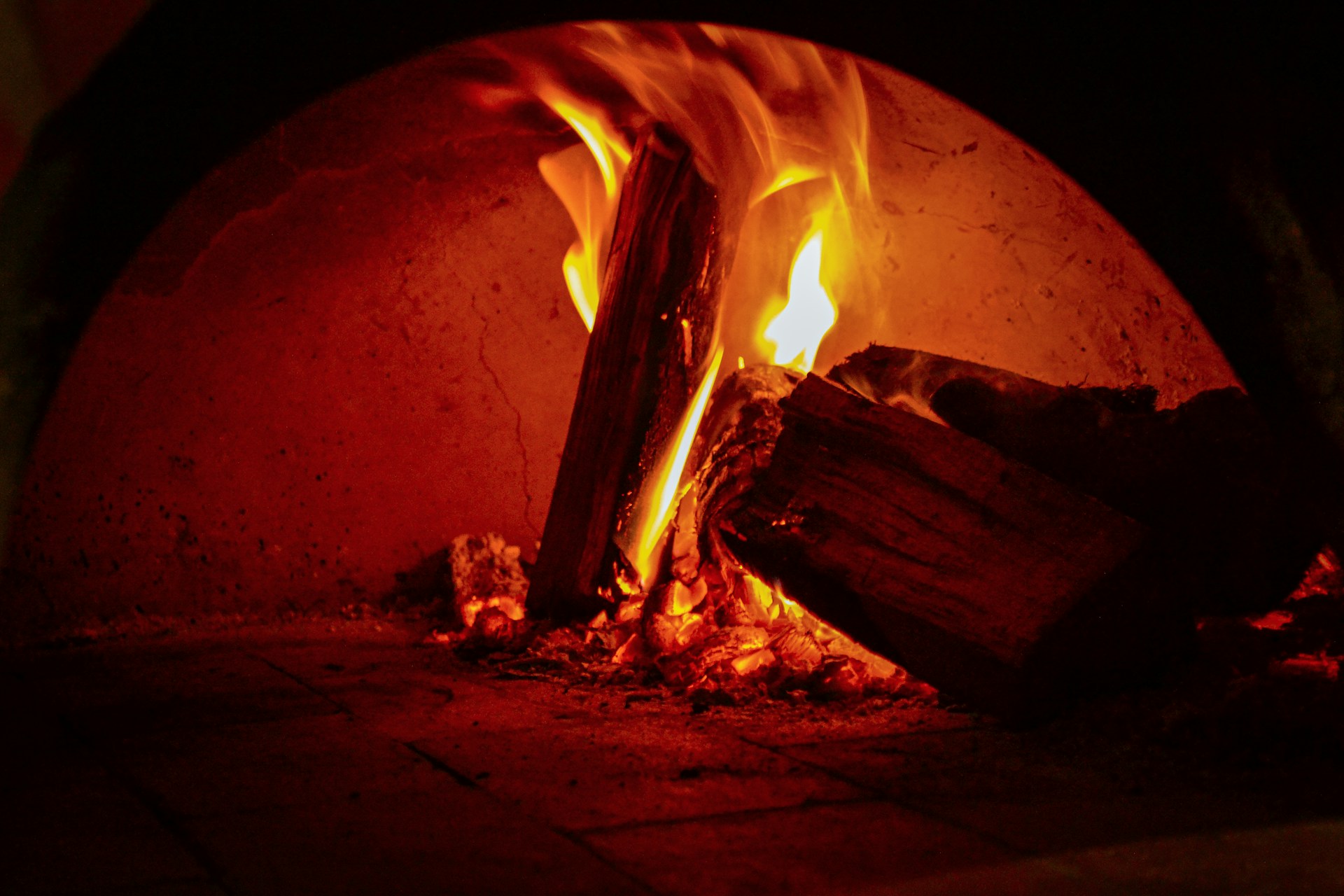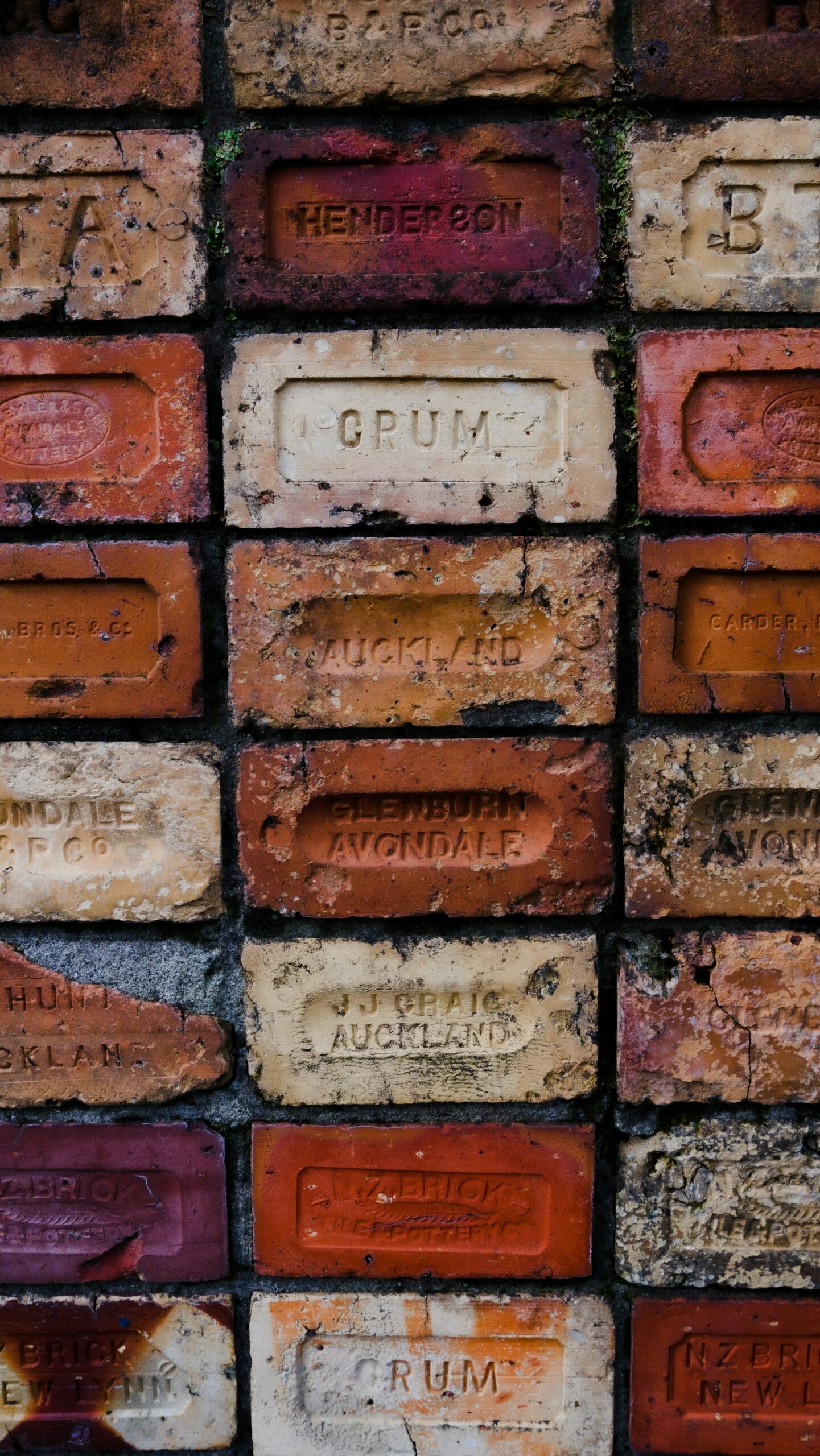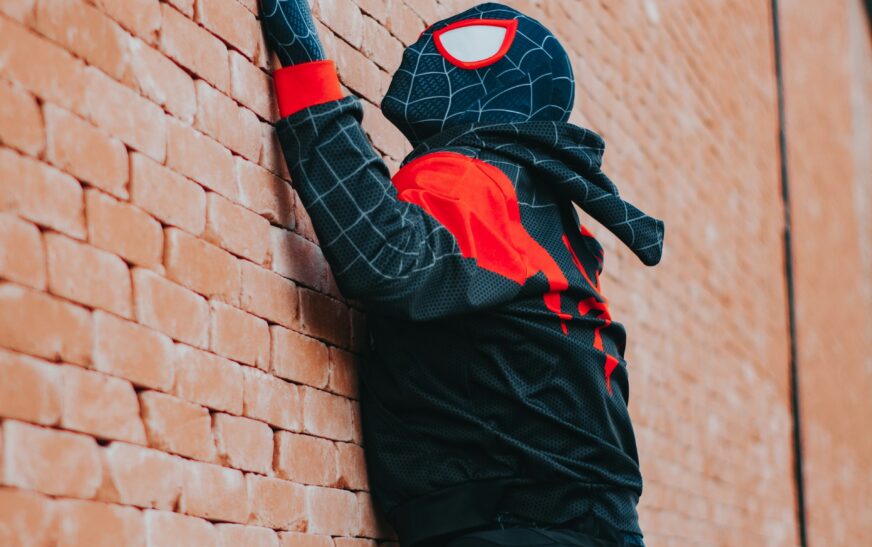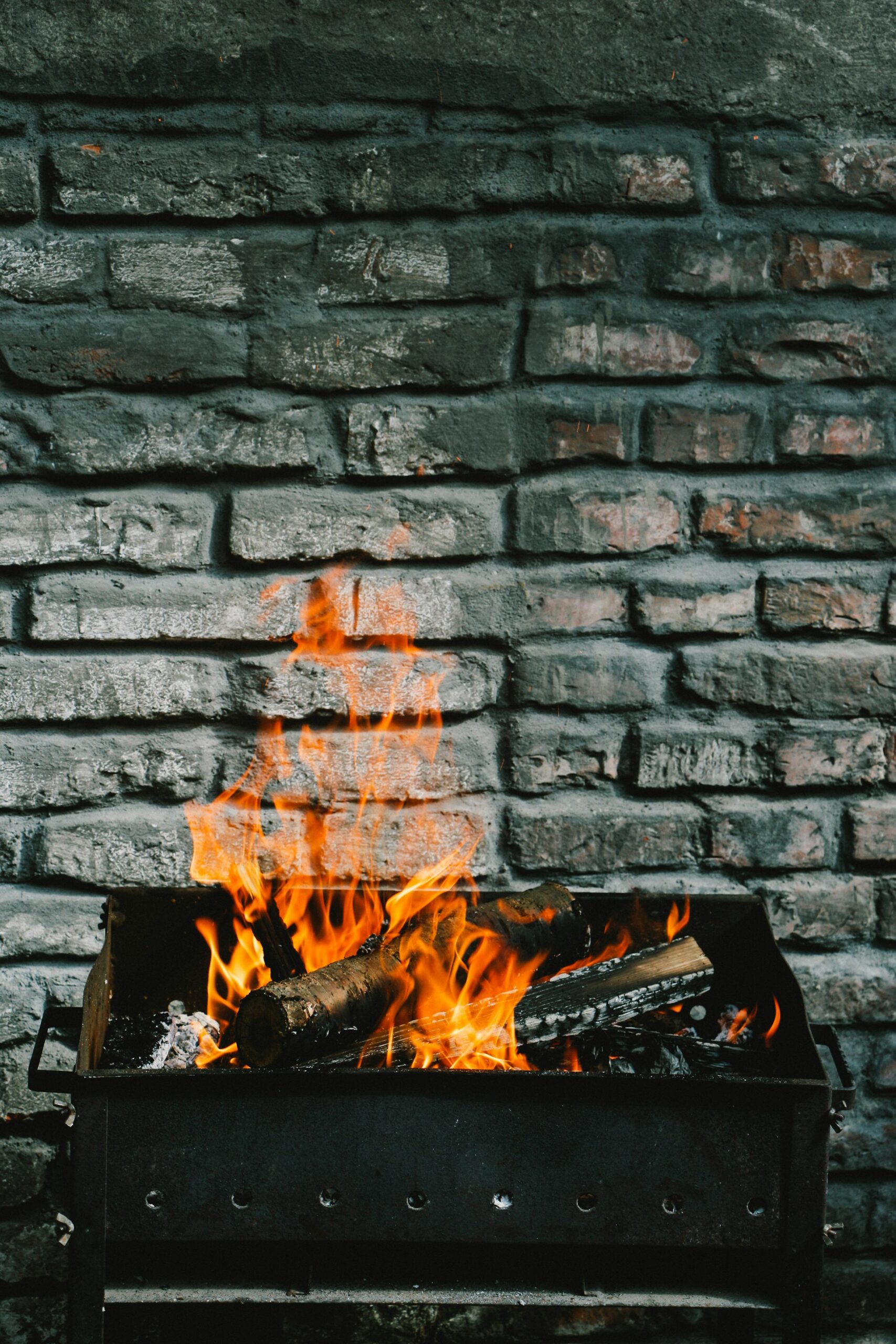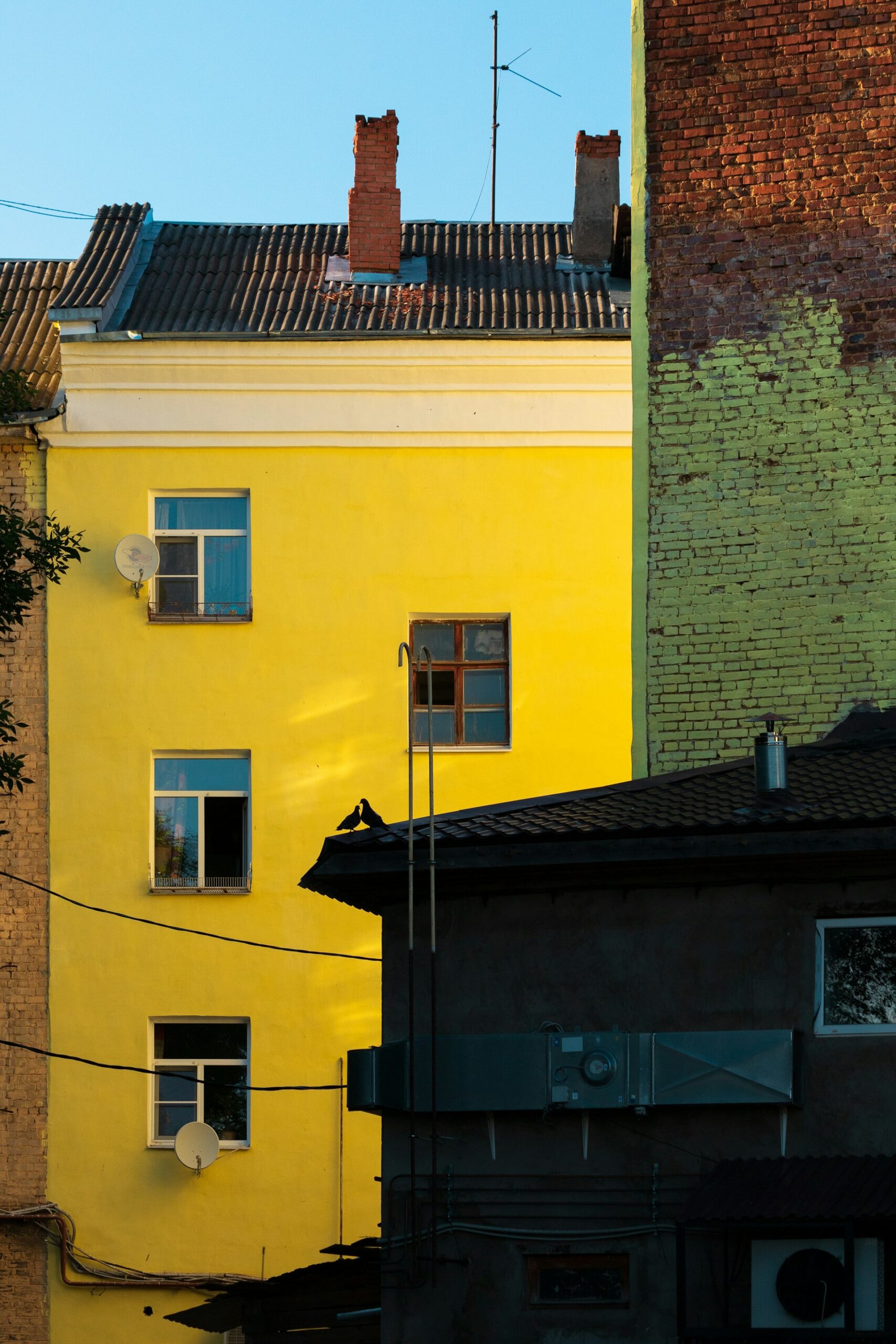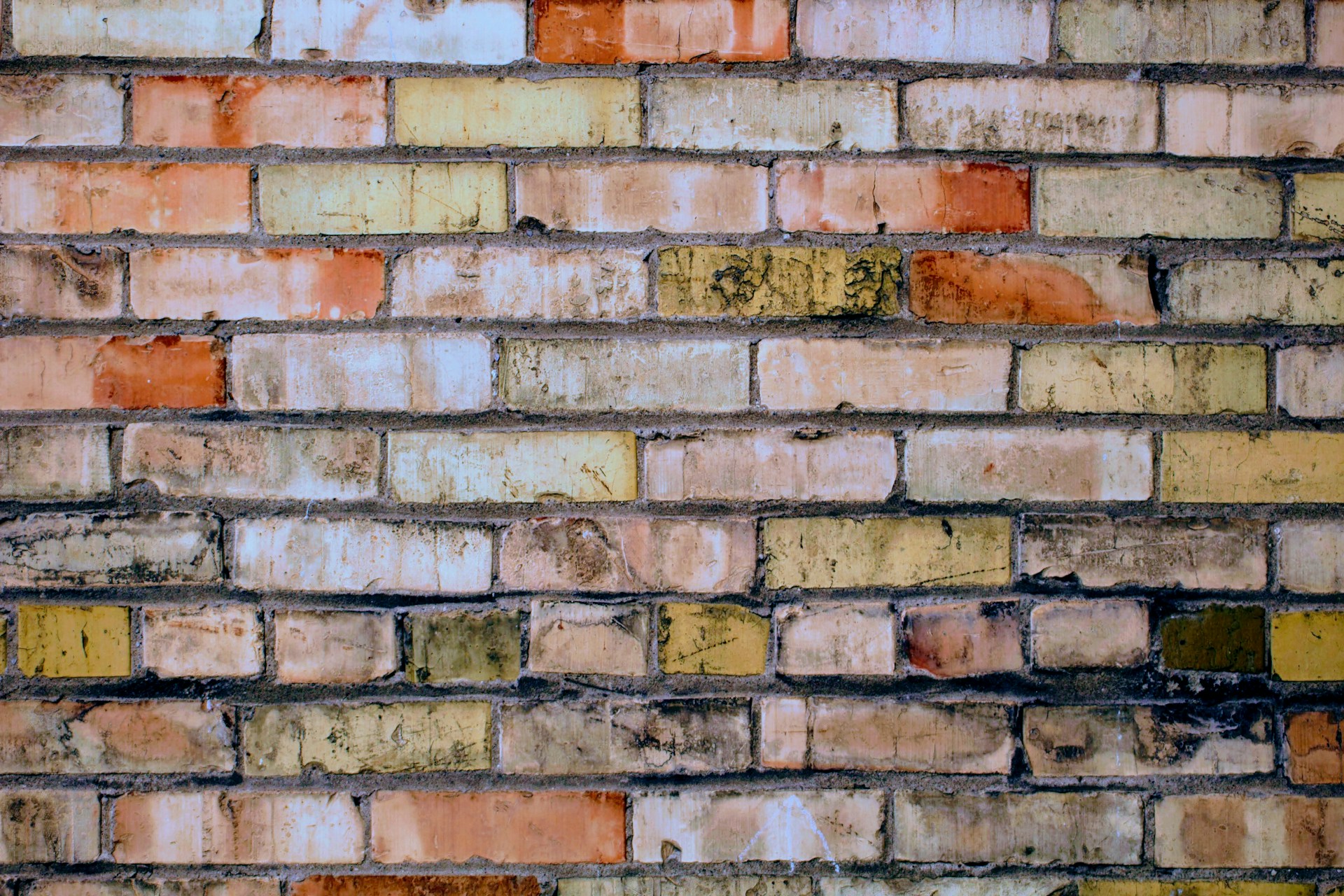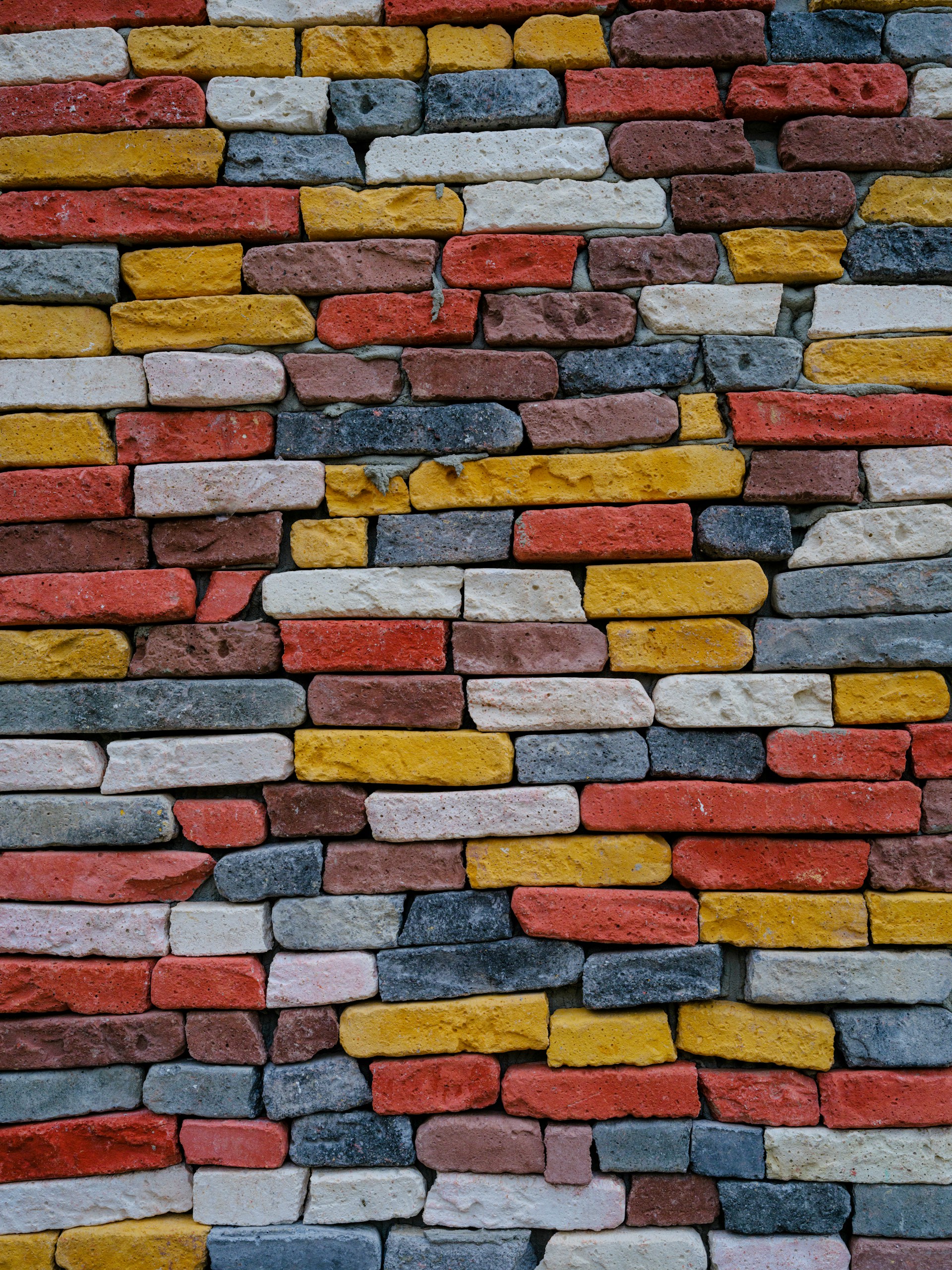Ask someone, “What color is a brick?” and most people instinctively say, “red.” And sure, that’s often true. But take a walk through a historic city, a suburban neighborhood, or a sleek modern district, and you’ll quickly notice: brick comes in brown, tan, orange, pink, white, black, gray, and even blue. Yep, blue. Bricks are basically the chameleons of the building world.
So what causes all these variations? Why aren’t bricks uniform, and what actually determines their shade? Let’s dig into the science, history, and artistry behind brick color.
The Classic “Brick Red”
That iconic deep, earthy red? It comes from iron oxide naturally found in clay. When the clay is fired in a kiln, iron particles oxidize (essentially rust), giving the brick its red hue.
- More iron + hotter kiln = darker, richer red
- Less iron or shorter firing = lighter red
But iron isn’t the only player in the color game.
What Factors Influence Brick Color?
1. Clay Composition
Clay is the foundation of all bricks, and the minerals it contains act like a painter’s palette.
- High iron = red or brown bricks
- Lime-rich clay = buff or yellow bricks
- Shale-based clay = deep purples or dark grays
Every ingredient matters in the color equation.
2. Firing Temperature
Heat is magic. Lower temperatures preserve reds; higher temperatures darken the brick into browns, purples, or blacks. Artisans sometimes use this intentionally to create gradients or aesthetic contrasts.
3. Atmospheric Conditions
Older kilns weren’t always perfectly oxygen-controlled. Less oxygen (a reduction atmosphere) made bricks darker. Modern kilns are more precise, but some artisanal makers still play with oxygen levels for unique effects.
4. Surface Treatments
Some bricks get extra love after firing:
- Glazing: Adds shine or bold colors like cobalt blue or emerald green
- Sand finishes: Subtle texture and color variation
- Paint or stain: Not traditional, but an option for design purposes
A Spectrum of Brick Colors
Here’s a quick palette of what bricks can look like:
- Red: Iron-rich clay. Classic and everywhere.
- Brown & Buff: Low iron or long-fired clay. Rustic and neutral.
- White: Kaolin clay or sand-lime processing. Often seen in Scandinavian or mid-century design.
- Black/Charcoal: High temperatures or chemical additives. Sleek and modern.
- Gray: Usually shale or mineral-modified. Cool and minimalistic.
- Yellow & Cream: Lime-rich clay, like London Stock Bricks. Warm and light.
- Pink & Orange: Less common, often due to mixed minerals or regional clay quirks.
Natural vs. Manufactured Brick Color
- Natural: Color comes from the clay and firing. Ages gracefully.
- Manufactured/painted: Color comes from additives or coatings. Vibrant but may require maintenance.
Why Brick Color Matters
Beyond looks, color affects:
- Heat absorption: Dark bricks keep heat, useful in cold climates, less so in hot ones.
- Durability: Some colors respond differently to weather over time.
- Regional identity: Red bricks in Boston, yellow in London, black in Japan—each tells a story.
Read More : How to Hang Things on Brick: A Practical Guide for Secure & Stylish Setup
Can You Change Brick Color?
Yes! While natural color is permanent, you can modify it through painting, staining, or whitewashing.
- Staining is usually preferred over painting because it keeps the brick’s texture visible and allows it to breathe, reducing moisture problems.
So whether you’re going for classic, modern, or totally unexpected, brick color is more than skin-deep—it’s a blend of science, art, and history.

